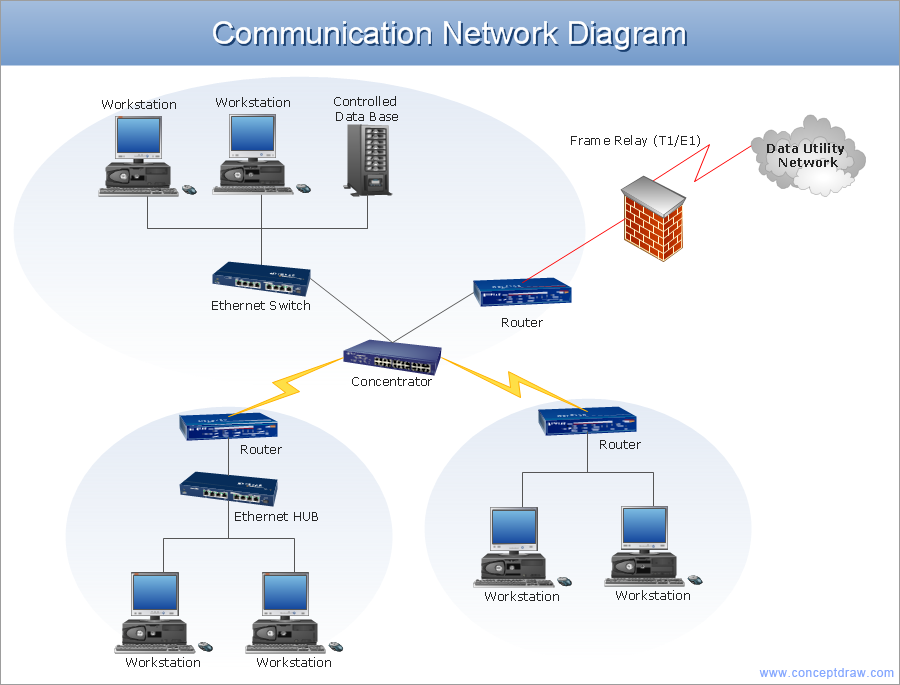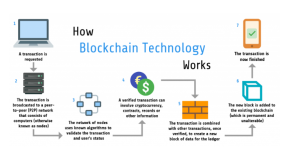
In today’s digital age, IT infrastructure and networking play a crucial role in the smooth functioning and success of businesses across industries. With the rapid advancements in technology, organizations are increasingly reliant on IT infrastructure and networking to streamline operations, enhance productivity, and foster innovation.
Understanding IT Infrastructure
IT infrastructure refers to the collection of hardware, software, networks, and other components that provide the foundation for an organization’s information technology environment. It encompasses physical devices such as servers, routers, switches, and storage devices, as well as virtual components like operating systems, databases, and applications.
Having a well-designed and robust IT infrastructure is imperative for organizations to effectively store, process, and transmit data securely. A reliable infrastructure ensures that information is available to users when needed, helps prevent downtime, and allows for seamless communication and collaboration within the organization.
The Importance of Networking
Networking, on the other hand, refers to the process of connecting different devices and systems to enable communication and data sharing. It is the backbone of any IT infrastructure, facilitating the flow of information between users, devices, and servers within an organization, as well as between organizations and the internet.
A well-established network infrastructure ensures that employees can access essential resources, such as files, applications, and databases, regardless of their location. It allows for efficient data transfer, enables real-time collaboration, and supports critical business processes. Additionally, networking facilitates internet connectivity, enabling organizations to leverage cloud-based services, communicate with clients and partners, and stay up to date with the latest technology trends.
Components of a Robust IT Infrastructure and Networking
A robust IT infrastructure and networking setup comprise various components that work together to support business operations. Some key components include:
1. Servers and Data Centers
Servers form the core of an organization’s IT infrastructure, hosting applications, storing data, and facilitating resource sharing. Data centers house the servers and other critical infrastructure components, providing secure environments with features like redundant power supply, backup systems, and cooling mechanisms.
2. Networking Devices
Networking devices, such as routers, switches, and firewalls, are responsible for directing and controlling the flow of data within a network. They ensure data integrity, prevent unauthorized access, and support various network protocols.
3. Storage Systems
Storage systems are used to store and manage the vast amounts of data generated by organizations. They can range from on-premises storage arrays to cloud-based storage solutions. Efficient storage systems ensure data accessibility, reliability, and data protection.
4. Operating Systems
An operating system is the software that manages computer hardware and software resources, providing a platform for running applications. It allows users to interact with the hardware and ensures proper execution of programs and processes.
5. Security Measures
Ensuring the security and integrity of IT infrastructure and networking is of paramount importance. Organizations implement various security measures, such as firewalls, antivirus software, intrusion detection systems, and data encryption, to guard against threats and unauthorized access.
Emerging Trends in IT Infrastructure and Networking
As technology continues to evolve, new trends and innovations shape the landscape of IT infrastructure and networking. Some emerging trends include:
1. Cloud Computing
Cloud computing has revolutionized the way organizations manage and utilize IT infrastructure and networking resources. It allows businesses to access scalable computing power and storage, reducing the need for on-premises infrastructure and providing flexibility and cost savings.
2. Virtualization
Virtualization enables the creation of virtual versions of physical hardware, including servers, storage, and networks. This technology allows organizations to optimize resource utilization, streamline management, and enhance scalability.
3. Software-defined Networking (SDN)
SDN separates the control plane from the data plane in networking devices, enabling centralized control and programmability of network infrastructure. SDN simplifies network management, improves agility, and accelerates the deployment of new services.
4. Internet of Things (IoT)
The IoT refers to the network of interconnected devices embedded with sensors, software, and network connectivity. It enables the exchange of data, automation, and remote monitoring across various industries, leading to increased efficiency and productivity.
Conclusion
In conclusion, IT infrastructure and networking are critical components that enable organizations to harness the power of technology for business success. A well-designed infrastructure and networking setup ensure seamless communication, data sharing, and resource accessibility, driving efficiency and innovation. As technology continues to advance, organizations must stay abreast of emerging trends to harness the full potential of their IT infrastructure and networking capabilities.

